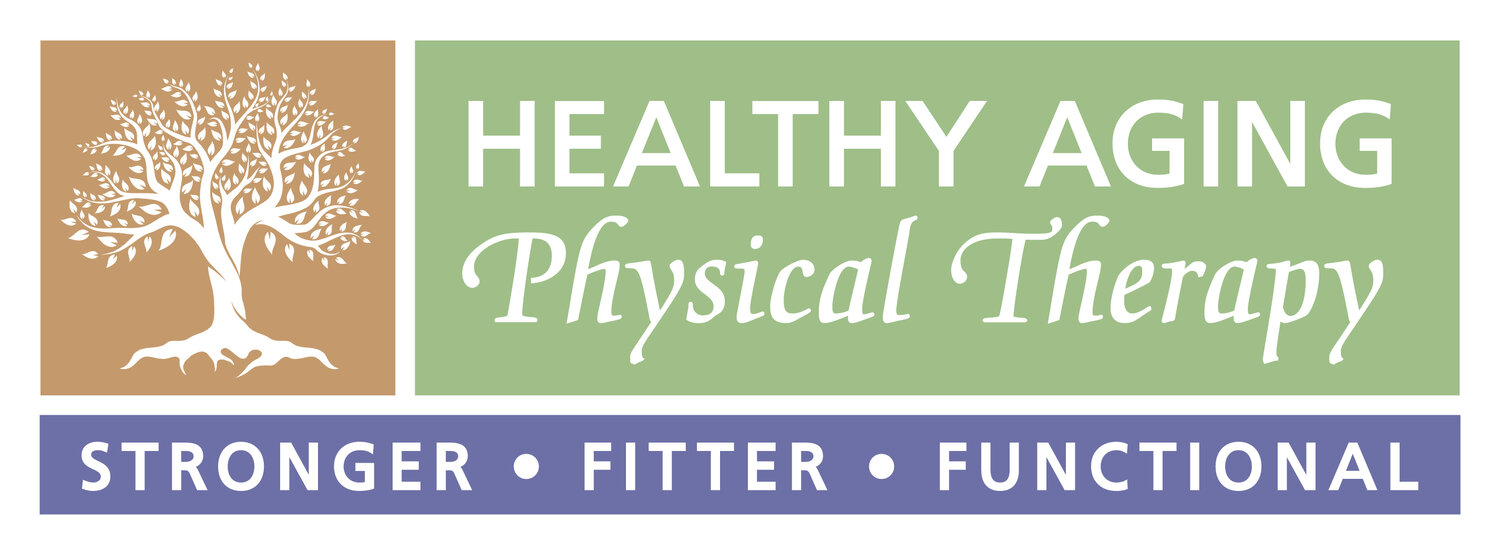5 Things to Know about Exercise and Depression in Older Adults
May is Mental Health Awareness Month! In this blog post, we delve into the critical relationship between exercise and depression in older adults. Discover five essential insights to empower seniors in managing their mental health through physical activity.
Depression is common in older adults and can have a profound impact on daily function.
It is estimated that around 7% of adults over age 65 experience some form of depression, though this number is likely much higher in reality. Depression in older adults can stem from neurological changes and drops in neurotransmitter levels, but can also be related to the many changes older adults face as they age. Older adults face the loss of friends and family, and also experience changes like retirement that can significantly impact their perception of their place and role in society. Chronic illness and disability can lead to stress and lead to a loss of independence and a greater reliance on others for support. Depression can impact sleep and motivation and be also related to an increase in anxiety. Older adults facing depression frequently withdraw from activities they once found meaningful and engaging and this can further exacerbate the issue. Depression is linked to an increased risk of falls - as are the medications people take to manage this condition! All in all, depression is more than a sense of ‘sadness’ in older adults - it can have a wide-spread impact on health, wellness and overall quality of life especially in the aging population.
2. Depression in older adults doesn’t always look like depression.
Depression in older adults may present with a range of signs beyond sadness, including persistent physical symptoms like aches and pains, changes in appetite or weight, sleep disturbances, fatigue, irritability, and agitation. Additionally, they may experience a loss of interest in previously enjoyable activities, difficulty concentrating or making decisions, feelings of worthlessness or guilt, and thoughts of death or suicide. Recognizing these varied symptoms is crucial, as depression in older adults can often go undiagnosed or be mistaken for other age-related changes, highlighting the importance of early identification and intervention to ensure optimal mental health and well-being.
3. Exercise can have a significant impact on depression.
Exercise and depression has been well-researched. Regular participation in aerobic exercise has been shown to reduce depressive symptoms by 30-47% in randomized control studies as compared to control groups. Exercise improves brain health, and reduces depressive symptoms in a variety of ways. Exercise stimulates blood flow to the brain, which improves energy and motivation, and encourages neurogenesis and synaptogenesis (fancy words for more neurons and more neural connections = faster brain speed and better brain health!). It also promotes release of endorphins, neurotransmitters that act as natural mood elevators, and helps to regulate stress, reduce inflammation and improve sleep quality - all factors that contribute to improved well-being and reduce depressive symptoms. In fact, it has been demonstrated (in randomized control studies like the SMILE trial), that exercise is AS EFFECTIVE as antidepressant medications at treating major depressive symptoms - with NONE of the side effects.
4. Exercise can reduce pain (and pain is linked to depression!)
Upwards to 50% of older adults report they struggle with chronic pain. Exercise is the GOLD STANDARD for treatment for chronic pain. Aerobic exercise in particular manages chronic pain well by improving circulation, releasing endorphins, improving management of arthritis and improving muscle health, and by promoting the normalization of neural circuits that have become maladaptive due to long term exposure to the pain cycle (story for another blog post..). Pain also keeps older adults from participating in social experiences and in the community, further increasing isolation and encouraging depression. Less pain = less depression!
5. The best exercise for depression is…
While the research points towards aerobic exercise as the most effective exercise to manage depression, I personally think the exercise that you ENJOY is the one to choose if you are hoping to use exercise to improve your mental health. If you enjoy what you are doing, you are more likely to be CONSISTENT with your exercise, and it is the consistency that will make the most impact. Take a walk each morning, try a zumba class at your local senior center or work with a therapist or trainor to develop a strength training routine. Whatever exercise you choose (and bonus points for doing it all!), you can feel secure that any steps you take to improve your activity level WILL have a positive influence on your mental health.
If you are an older adult struggling with depression, or worried about a loved one who may be experience depression, I also want you to know there are some really helpful resources out there. For more information about depression in older adults, check out the links below:
Depression is Not a Normal Part of Getting Older:
https://www.cdc.gov/aging/depression/index.html
Older Adults and Depression PDF from the E4 Center:
https://e4center.org/wp-content/uploads/2021/04/Older-Adults-and-Depression.pdf
Caregiver Guide: Depression from HealthInAging:
https://www.healthinaging.org/tools-and-tips/caregiver-guide-depression
Older Adults and Depression Guide from the NIH:
https://e4center.org/wp-content/uploads/2021/09/Older-Adults-and-Depression.pdf





